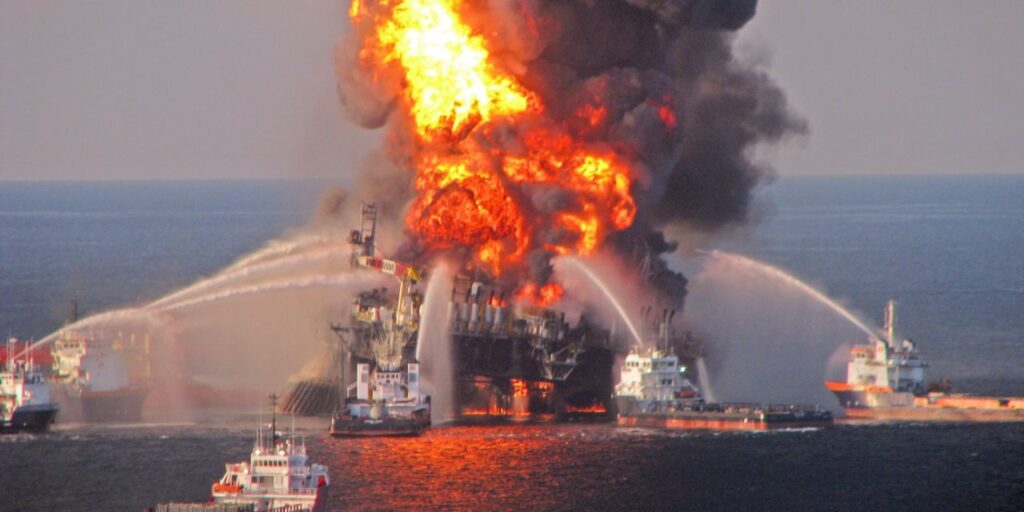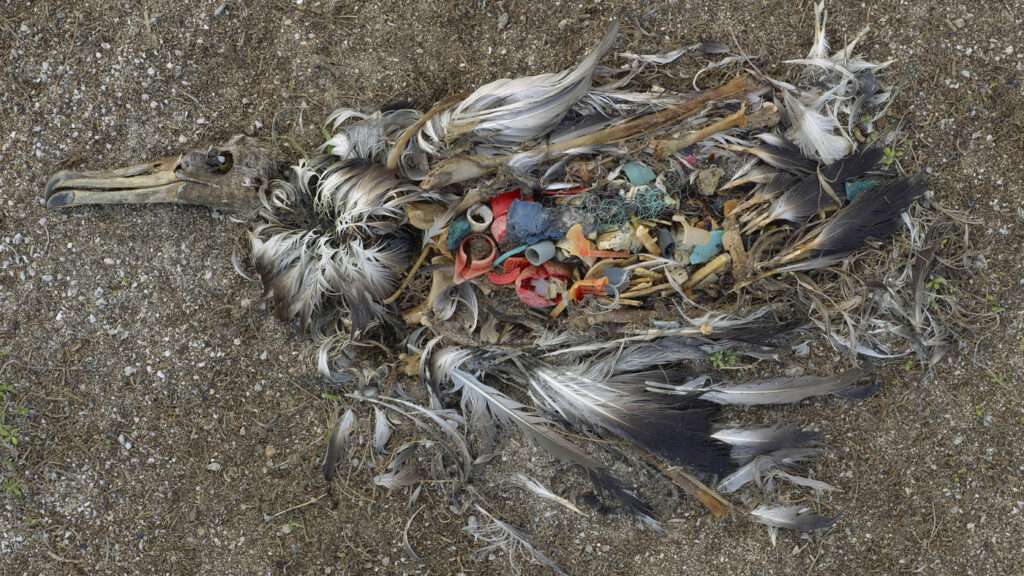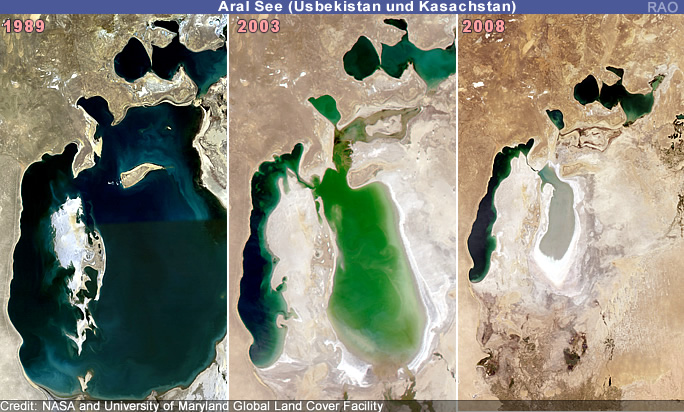In the last years I became more aware of the impacts everything we purchase has on the natural environment, the people who make these products and us consumers.
It is as easy as ever to buy new things and throw old ones out, being surrounded by advertising in our everyday lives. Making a lot of us feel like we need new products which fit a certain lifestyle or we just want it because it is trendy or makes us feel like we belong. But did you ever think about who made the stuff you buy?
What resources were needed to produce it?
What impact it has on the planet and on people during its whole life cycle from the very beginning of the production cycle to the very end?
I started to think about this a lot lately. To find out more I had a conversation with Sigrid Bürstmayr and Lucia Jarosova to find out more. Sigrid is working and teaching the field of sustainable design at the University of applied sciences FH JOANNEUM in Austria, and Lucia is the co-founder of the womenswear label We Are Not Sisters. www.wearenotsisters.com
As an example for consumerism, I used the fashion industry.
After I had the conversation with Sigrid and Lucia, I also interviewed the founders of three businesses, which in my eyes lead with a positive example when it comes to sustainability:, Palm & Pine skincare, Flow Surf Co. and Sand & Palm. Before getting into the conversations with the three business founders, lets see what I found out in the conversation with Sigrid & Lucia.
AN INTRODUCTION TO CLOTHING PRODUCTION
Not that long ago, we used to make clothes out of available materials from our area, like linen, cotton, wool, silk. Then, with technical development, we started mixing those natural fabrics with chemical substances for a better feel and look. Both natural and synthetic fibers are valued for different reasons in the textile industry, as both types have their pros and cons. For example, artificial fibers have benefits including greater comfort, dyeing capabilities, water resistance, abrasion resistance, antimicrobial properties, and lower costs, even though the true costs are questionable. Adding synthetic fibers into a natural one can improve the performance of the textile. Innovators developed synthetic fabrics to overcome some of the inherent limitations of natural fibers (cotton and linens wrinkle, silk requires delicate handling, and wool shrinks). The industry began creating and using synthetic fibers as cheaper and more easily mass-produced alternatives to natural fibers.
Nowadays a lot of the clothes on the market are made out of polyester. Have you ever wondered what polyester is?
Polyester, or also called polyethylene terephthalate, is derived from a chemical reaction involving petroleum, air, and water. Petroleum is also called crude oil and, it is a fossil fuel, which means , so that your polyester clothes are made out of oil. Oil can be found in underground reservoirs and in tar sands near the earth’s surface. It can be accessed by drilling, on land or at sea, or by strip mining. Once extracted the oil is transported to refineries via supertanker, truck, train, or pipeline to be transformed into usable fuels such as gasoline, propane, kerosene, jet fuel and products such as plastics. Drilling for oil disrupts wildlife, air and water pollution hurt local communities, the emissions contribute to the climate change, the oil and gas development ruins pristine landscapes and oil spills can be disastrous on the wildlife in its area. Like the deepwater horizon oil spill from 2010, it is considered to be the largest marine oil spill in the history of the petroleum industry and one of the largest environmental disasters in American history.

Besides the fact that the making of polyester is bad for the environment, oil based clothes produce micro plastic which scientists not only findfound in sea animals but also in our human bodies.

But also non organic cotton also has its problems, as the example of the Aral Sea shows. The Aral Sea was once the world’s fourth largest lake, home to 24 species of fish and surrounded by fishing communities, lush forests and wetlands. The unsustainable fashion industry is linked to the horror of the dictatorships and the environmental devastation of the Aral Sea as which dried up because the cotton crop was grown with the river water. One cotton shirt can use up to 2700 liters of water.
Conventional cotton (as opposed to organic cotton) uses a huge amount of water and pesticides which cause 350,000 farmer deaths a year and a million hospitalizations.

Also garment workers for most fast fashion companies are treated extremely poorly, they are often being forced to work 14 to 16 hours a day, 7 days a week. During peak season, they may work until 2 or 3 am to meet the fashion brand’s deadline. Their basic wages are extremely low. The collapse of the Rana Plaza in 2013, in which 1134 garment workers were killed, has revealed the unacceptable working conditions of the fast fashion industry to the world.

150 billion pieces of clothing are produced every year, 20% of those go unsold. To bring this in perspective we are 7.8 billion people living on earth, and we are adding 150 billion garment peaces a year to the once which already exist. 82 782 000 000 kg used and unused clothes end up in landfills each year, another big amount gets burned.
What can we do to avoid environmental disasters and unethical treatment?
THINK BEFORE YOU BUY
1.) Do you really need something new?
2.) Can you fix what you already own instead of buying something new?
3.) Can you buy it second hand or borrow it instead?
4.) Is the company you are buying from eco friendly and ethical?
5.) Is the company you are buying from transparent with what they are doing and not just greenwashing?
What are sustainable brands?
Sustainable brands are ones that have a meaning or purpose that goes beyond making money. They instead seek to increase the wellbeing of humanity and all life on our planet. It does not see people as consumers and it understands the lifecycle and environmental impact of all its activities, so that it can seek to continuously innovate and reduce its impact to a minimum.
I had conversations with the founders of the following three brands about their businesses and core values. In my opinion, they set a positive example on how to follow your dream of your own business, being environmental conscious with it and trying to educate others on problems the natural environment is facing.
PALM & PINE
It all started with a dream for a plastic and chemical free sunscreen with a stylish packaging. As the founder of Palm & Pine, Sarah Muir moved to Portugal and adapted a new beach lifestyle it meant two things for her – she needed good sunscreen and wanted to protect the ocean. She gave some natural sunscreens a try but didn’t like what she found. Thick, white formulas in plastic packaging.
So the idea for creating her own sunscreen arose and the first batch of sunscreen was created by Sarah’s husband in their kitchen. They got to work on creating the products that they couldn’t find.
Imagined on a beach in Portugal and developed in Cyprus, . Palm & Pine is of European origins with a mission to be loved worldwide.
What’s different about Palm and Pine? Standard sunscreens contain chemical UV filters and fragrances, packaged in plastic with pumps and sprays, producing plastic waste. That is bad for us humans and bad for our natural world.
All the products Palm & Pine offers are ocean friendly, from the cream itself to the packaging. No greenwashing and no harm to the ocean is made. Zero-plastic packaging. Recycled, recyclable, and reusable. Soon Palm & Pine sunscreen will be available worldwide. www.palmpineskincare.com .
FLOW SURF CO.
Inspired by the ocean and After years of traveling and working in different countries, Flow Surf Co. came to life. Flow Surf Co. is a passionate, environmentally conscious surf brand founded by Josh Ramsey. With his company, he Josh is aiming to be more than just a clothing range, but also a platform and community to help educate surfers, provide support for ocean activists and put the welfare of the planet and the people before profits.
The products life cycle :
Flow Surf Co. is leading by example in the battle against climate change by being eco-conscious at every stage. Their products are made out of organic cotton which is better for the producers and the ecosystem in which it is produced. Cotton is still a thirsty plant so the fields that grow the organic cotton for their products are located in the North of India, where the monsoons fill reservoirs that supply almost all the water needed.
In the processing, every part of the plant is used, what cant be used for clothes is turned into cow food or vegetable oil, no waste.
The products are made in a factory where the spinning, dyinge, weaving, cutting and sewing are integrated. Vertical integration leads to cost savings which can be reinvested in the facilities. This means that the environment is clean, light, modern and positive, like the Teemill factory in the UK where the apparel is printed.
Throughout the supply chain, renewable energy is used. The UK Teemill owns a solar farm and power manufacturing operations with renewables. In India, the factory owns two wind farms and a 150kw PV array. All products are real-time printed which means products are only printed after they have been ordered – no waste. Done with wearing your clothes? You can send them back to the Teemill factory where they make new products from the material they recover, the cycle itself is renewable. The products can be returned and remade again and again and again.
Packaging:
It is estimated that by 2050 there will be more plastic in the ocean than fish. Instead of plastic packaging, a rip and splash-proof mailer bag made out of paper is used, which also can be recycled.
Tree planting:
Besides looking out for the environment during production, Flow Surf Co. also partnered up with Ecologi to form a climate positive workforce. Ecologi plants trees and funds the worlds best climate crisis solutions. Each month, regardless of sales, tree planting is funded and projects that remove tonnes of CO2e, purely to offset their own carbon footprint at Flow Surf Co.
On top of their monthly tree planting, they also add more impact to each sale. Every sale contributes and each item sold plants one tree. The trees are planted in clumps of 25 trees + removing 0.5 tonnes of C02. Each time 25 items are sold a clump of 25 trees is purchased and Offset Earth plants these in the forest Flow Surf co. is supporting at that time, currently Madagascar.
Want to know more about the products of Flow Surf Co. or read their blog? Check out the website https:// flowsurfco.com or stay up to date by following their Instagram @flowsurfco.
SAND & PALM
After years of traveling to different surf destinations around the world and having designed swimwear for various companies, the idea for Sand & Palm arose. Vicki, the founder of Sand & Palm, has had the dream of creating her own brand for some time already, combining her artworks with her passion for surfing and the natural environment.
Sand & Palm offers beautifully designed swim and beachwear with a great fit, handmade by the founder herself in her studio, based in Cornwall, UK. With a focus on sustainability, Vicki sources environmentally friendly materials and uses production methods of the highest quality and standard.
The swimwear is made from lycra, which is made from regenerated ghost fishing nets and post consumer plastic waste. Lycra is a sustainable fabric, made of a ECONYL® regenerated Nylon that turns waste problems into fashion and interior solutions. It is versatile, hyper-resistant, thin, elegant, stretchy, soft and breathable: a unique mix of muscular compression and comfort. It is twice as resistant to chlorine, suntan creams and oils than other fabrics.
For Vicki, fabrics are a canvas for her artworks and illustrations, all designs are exclusive to the brand. The fabrics are digitally printed at an UK based company. Digital printing is one of the most eco-friendly methods, as it produces minimal waste.
The beachwear out of hemp is dyed using sustainably sourced natural plant dyes. It is then either screen printed using plant based inks, or hand painted using the same.
Sand & Palms mission is it to maintain a high level of environmental and social responsibility in all areas. Only non-harmful materials and production processes are used. By using sustainable and responsible materials, Sand & Palm aims to increase awareness of the importance of protecting the environment and people against the harmful impacts of mass clothing production.
